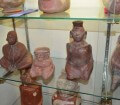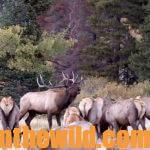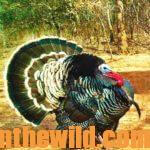John’s Note: Most people think of American frontiersmen as the fur traders, pioneers and European settlers who came to this country. But the true frontiersmen were the people who lived here long before Columbus ever discovered America. These civilizations hunted, farmed, lived, died, were buried and were lost or abandoned. If a people are to know their future, they must learn and understand their past. The treasure hunter who helps a people find and know this past performs a service for the early people, their descendants and all mankind. Many outdoorsmen enjoy studying early times and using their metal detectors. Always be sure to check state and federal regulations associated with treasure hunting. In 2013, I met 74-year old Charles Griffin of Shelby County, Alabama, who had been hunting arrowheads and Indian artifacts for 67 years. Like many youngsters with no TV or sports teams to play on in the country, Griffin had been and still is fascinated with the stone tools, arrowheads and pottery he found on his family’s 100-acre farm that his great, great grandfather settled in 1816 after fighting with General Andrew Jackson in the Indian Wars. http://youtu.be/iopUtnpGsKI.
Charles Griffin’s personal collection includes pottery, stone tools, art and jewelry with some items dating back to 12,000 B.C. In his collection is a necklace many warring tribes wore – the top half of a human skull with holes drilled in it to wear around the neck, as well as buffalo bones found in west Tennessee where once buffalo lived, as well as in many other parts of the South.
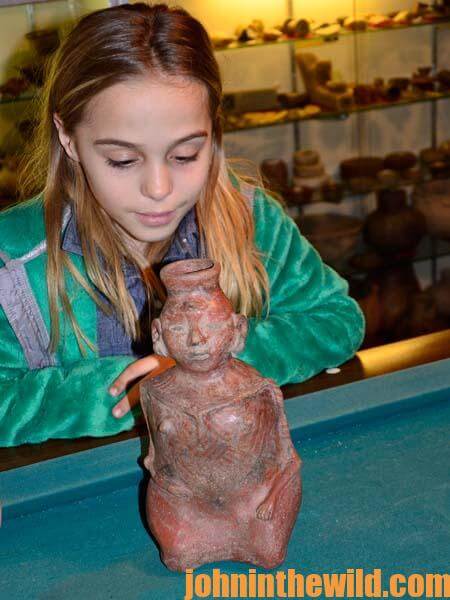 • Arrowheads and Atlatl Points http://youtu.be/1ZDjNOAZmxA
• Arrowheads and Atlatl Points http://youtu.be/1ZDjNOAZmxA
Although the early Native Americans didn’t have the engineering skills that modern-day broadhead manufacturers have or sophisticated equipment to sharpen edges and make really-fast, extremely-sharp arrow points and atlatl points, they still knew how to make a stone point penetrate through a big animal. Many smaller atlatl points are mistaken for arrowheads. Early people knew that the farther a spear penetrated into the animal they were trying to take, the more likely they were to get a quick and efficient kill. They often fashioned small sharp stone atlatl points that were lighter in weight and could be thrown to penetrate an animal better and faster than a bigger, heavier stone point could.
Griffin has one papered atlatl point that has been verified to be 11,000 BP (11,000 years before present time) that was created during the Paleo-Indian Period. He also has a Cumberland point that he found at the same time in a forest that had been clear-cut and replanted in pines. Griffin reports, “All Cumberland points were fluted to let more blood come out of the wound created by the atlatl to kill the animal quicker and increase the hunter’s odds for finding the animal.
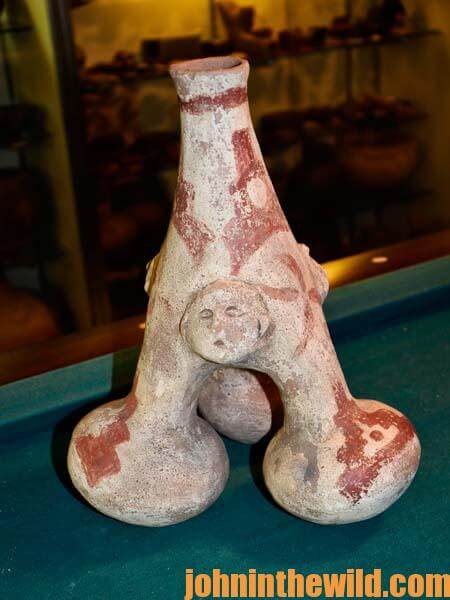 Lost Lake points are very highly prized by collectors and were used as knife and spear points. The Pickwick points were found stacked on top of each other in a cache in a northern Tennessee sandbank. The early people often made knives, spear points and arrowheads at one time and buried them to keep them from being stolen. Then the next time they came through an area, they would dig them up and not have to create new ones. The papered Benton points come from Benton County, Tennessee. The bigger pieces were knives. Some of the other points were atlatl points and possibly spear points.
Lost Lake points are very highly prized by collectors and were used as knife and spear points. The Pickwick points were found stacked on top of each other in a cache in a northern Tennessee sandbank. The early people often made knives, spear points and arrowheads at one time and buried them to keep them from being stolen. Then the next time they came through an area, they would dig them up and not have to create new ones. The papered Benton points come from Benton County, Tennessee. The bigger pieces were knives. Some of the other points were atlatl points and possibly spear points.
• Celts – an All Purpose Native American Tool http://youtu.be/N2SICQZ0oBM
The stones that look like tomahawk heads were called Celts and were used as hammers or hatchets, becoming smooth through use or after being lost in water. The bottom Celt in this collection was found near Moundville, Alabama.
Pots, Pans, Ceremonial Pieces and Early Art with Function – a Panorama of Native American Pottery http://youtu.be/DNq9JAxgzcU
Clay was a vital tool to the early people to make pots, drinking vessels and effigies, a representation of a specific person in the form of sculpture or some other three-dimensional medium and water bottles. They also used them for storing grain, seeds, tools and other things.
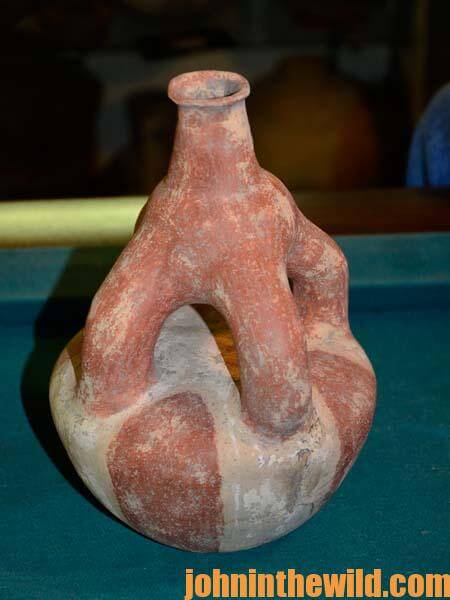 The Artistic Quapaws
The Artistic Quapaws
Some of the true artists were the Quapaw people, who lived in northeastern Arkansas and the foothills of Missouri (1650-1750). They were considered the premier pottery makers in the early American Indian tribes. These pots were found many years ago before there were any laws or regulations restricting digging for artifacts. If the pots were found open, they may have been filled with food or grain for a deceased person to make the journey from this life to the next. Pots were used for saving seeds, since by the 1700s and 1800s, many Native Americans were farming. The book, “The Quapaws and Their Pottery” by Roy Hathcock, was first published in 1983 and is available from Amazon. The book contains a map showing where many of the Quapaw pottery pieces have been found.
• Screaming Quapaw http://youtu.be/qDH4yx_TDYQ
The Quapaws would create a liquid called the black drink that was poured into the mouth of the pot to be drunk out of the spout below the mouth. This drink would cause the person to purge themselves (throw up and go to the bathroom until everything inside them was believed to be cleaned out).
 • Quapaw Effigies http://youtu.be/AEKPLzWXsiE
• Quapaw Effigies http://youtu.be/AEKPLzWXsiE
The effigy of the man with the rope around his neck and hands was believed to have been created to portray an individual that was captured from another tribe and became the servant of the person who captured him until his death. The effigy of the lady was to commemorate or remember a lost loved one.
More Videos on YouTube of Ancient Indian Artifacts with Charles Griffin
• http://youtu.be/iopUtnpGsKI Charles Griffin’s Indian artifact obsession
• http://youtu.be/qDH4yx_TDYQ An Unusual Indian Pot – the Screaming Quapaw
• http://youtu.be/4bDb7H32rNU A Quapaw Head Pot Shows Indian Art at its Finest
• http://youtu.be/AEKPLzWXsiE Quapaw Effigies
• http://youtu.be/3s1avpvhjkg Wooden Indians Carved by Canadian Tribe
• http://youtu.be/RQnFZUIUkeg Early Bone Tools Used by Native Americans
• http://youtu.be/nhXcU55qvNc Charles Griffin Shows Stone Awls, Knives and Scrapers Used By Early Native Americans
• http://youtu.be/QeJOshZWLfY Native American Buffalo Teeth Necklace and French Trade Beads
• http://youtu.be/DD5zdWDCN9g What Is an Indian Gorget – Native Americans’ Finest Jewelry
• http://youtu.be/sSlx7rdoIm0 Stone Knives, Atlatl Points and Spear Points
• http://youtu.be/1ZDjNOAZmxA Native American Spear Points Dating Back 10,000 to 12,000 Years
• http://youtu.be/41Nbg76kJAU Prehistoric Knives and Spear Points from the Benton Period
• http://youtu.be/N2SICQZ0oBM Celts – an All Purpose Tool Used by Native Americans
• http://youtu.be/IN8rRTEnSAs Bird Points, Drilled and Mixed Points
• http://youtu.be/yUaVxGvx2HA Wildlife Food Plots Turned into Artifact Treasure
• http://youtu.be/DNq9JAxgzcU Panorama of Native American Pottery

